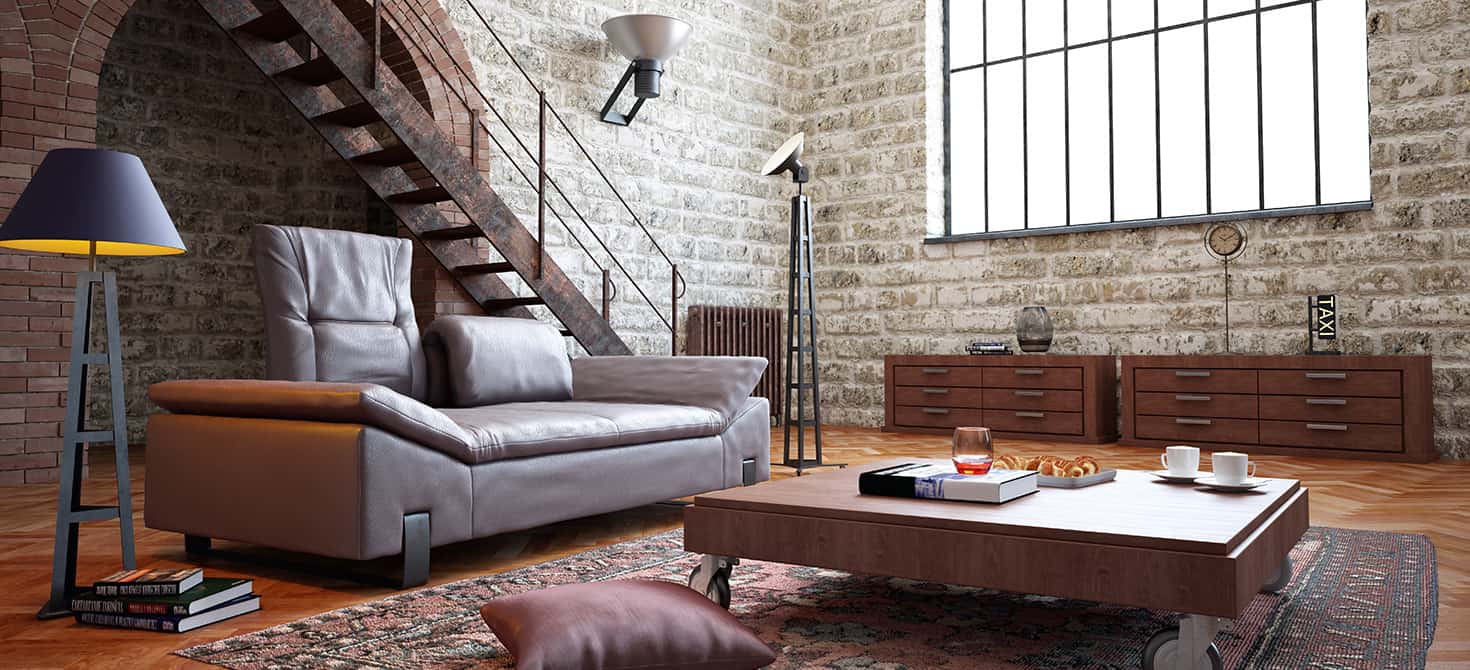- Furnishing tips
- 0 likes
- 2132 views

How can you create the perfect lighting for your home that will enhance your furniture and living space? When it comes to interior design, lighting is a key element in creating a functional and stylish environment. Our advice is therefore to pay the utmost attention to the light factor and take the time to create a calibrated lighting project designed to enhance your spaces. Planning the lighting of your home is a fundamental aspect that should never be underestimated.
Here's how to design and implement the best lighting for a modern home.
Index
How to choose lighting for your home
One of the classic questions that people ask themselves when they are about to furnish their homes is how to light their rooms? Or what temperature of light to choose? Or how to light your home without chandeliers?
When it comes to lighting, the main objective of anyone furnishing a room is to create a scenic effect or at least a configuration that differs from the usual concept of diffusing light from the centre of the room.
In order to realise a lighting solution with a great visual impact, it is important to specify the following: realising a particularly creative and functional lighting project is by no means a simple undertaking: the configuration of light is in fact an art, as well as a real profession that requires skills and knowledge that cannot be improvised. Light in a modern and contemporary home is a primary aspect, which must therefore be enhanced and studied to be able to enhance the materials that make up the furnishings.
It is also important to underline how often we decide to dedicate a particularly small budget to the lighting project in a house, which is not entirely adequate for the purpose of carrying out a serious and effective project to give style and personality to our domestic environments. Lighting is an architectural element in its own right, just like furniture, upholstery and textiles.
In order to illuminate one's own environments in an effective and original way, it is necessary to proceed step by step, determining in advance an idea that is as concrete as possible. Nowadays there are many ideas that can be considered for the lighting of one's own home: attention, however, to the fact that it is not useful to install spotlights here and there in one's own environment, without a complete and structured project. The lighting of a room is first of all order and an element that will necessarily have to be in direct relation with your furniture and with the distribution of the different rooms that make up your home.
Home lighting: different configurations and strategies
Before moving on to the different strategies and configurations for lighting your home, you must first ask yourself what to light: the first mistake you must absolutely avoid making is that of creating an unpleasant "reception room" effect with light. One of the most classic mistakes that people make in lighting their spaces is in fact the tendency to light an environment excessively, generating too much light (in this case the light, in addition to being excessive and annoying, would also represent a waste from an energy point of view).
When lighting a room it is always a good idea to have at least one chiaroscuro angle. The main task of light in a domestic environment is to highlight certain spaces (a corner, a sofa, a wall, a table, etc.) and leave others in the shade.
Light also has an important function: it makes no sense to live in a house that is poorly lit (it would not only be depressing but also impractical). There is no point in living in a house that is poorly lit (this would be depressing as well as impractical), for example in a kitchen or bathroom where there is insufficient light.
For all these reasons, lighting in the home should be designed in layers: in other words, diffuse lighting should be combined with direct lighting. In this way it will be possible to create different scenarios and configurations, depending on the different moments and specific needs.

Home lighting: warm light or cold light?
Another question that people ask themselves when they are planning the lighting of their rooms is: is it better to use warm light or cold light? The choice of light temperature is very important. Obviously, personal taste must be taken into account when selecting the right light temperature for your environment. However, there are a number of technical and professional indications that we think are important to consider carefully when making this choice.
The temperature of the light is a very important factor. The flame temperature is defined and measured using the Kelvin scale. It should also be pointed out that the temperature of light corresponds to different wavelengths. For this reason, in technical jargon we speak of cold or white light and warm light. For all those who wonder how to illuminate their homes with LEDs, it is important to select a colour temperature that you like, and that is suitable for sufficiently illuminating your rooms. In this regard, much will depend on the materials that make up your furniture: if your furniture tends to have dark tones (black and grey being the prevailing colours), it is better in that case to prefer a light tending to warm, to avoid creating an environment that is too aseptic.
House lighting costs
As far as the cost of lighting a house is concerned, this will depend on many factors: first of all, when determining costs it is important to know what kind of lighting equipment you have chosen and in particular what kind of lighting equipment: the market today is able to offer a great variety of solutions.
In contrast to a few years ago, LED lighting solutions now represent an opportunity within everyone's reach and are generally characterised by very low costs.
